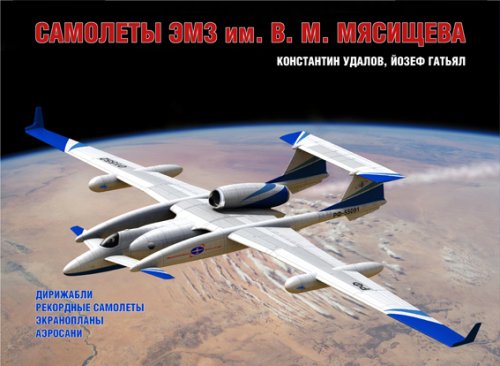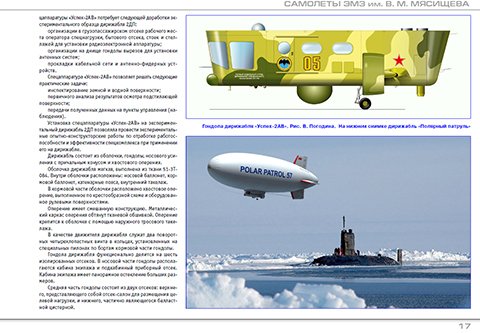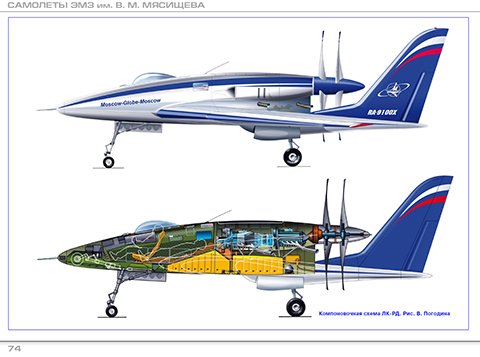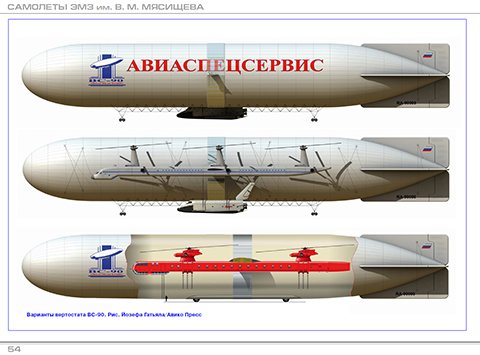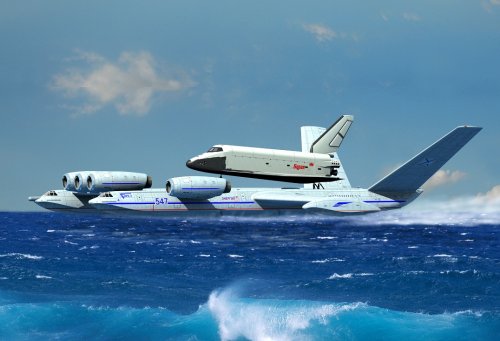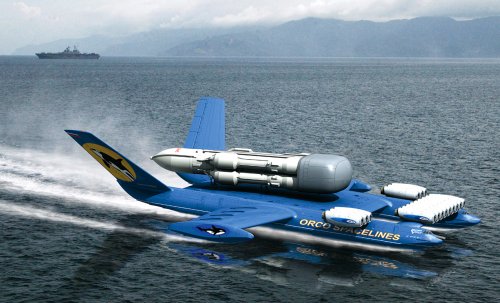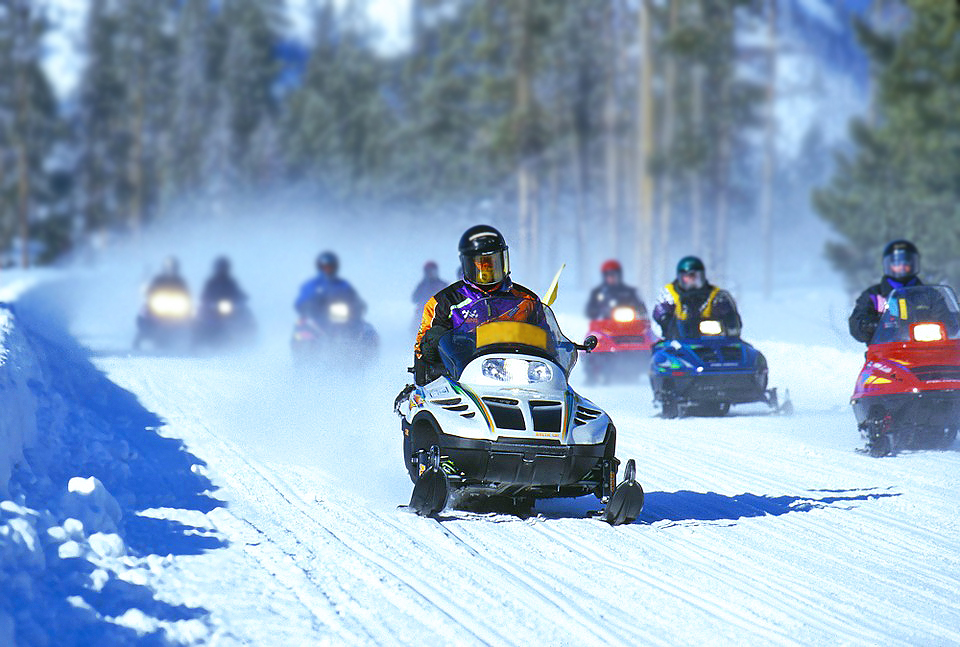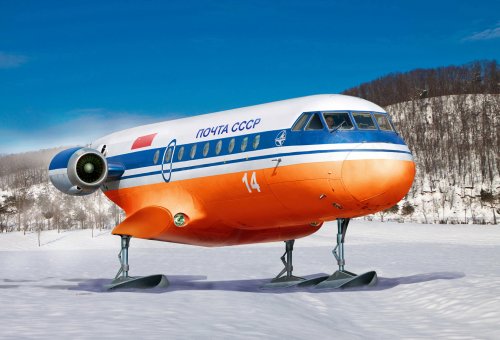gabrielorosco
I really should change my personal text
- Joined
- 10 December 2016
- Messages
- 194
- Reaction score
- 234
Hello to all, friends!
Today I had the chance to read and make a review of another book of our friend Konstantin Udalov. Firstly, I must confess that this is the best book wrote by him I ever had the pleasure to read, and also, devoted to Myasishchev projects. As the title suggests, the book is a compilation of many kinds of vehicles developed by that design bureau. It starts with a wide range of blimps for different purposes, then move to record-breaking high altitude aircraft, a family of super heavy ekranoplan designs and finish with uncommon snow mobiles. Blimps are vehicles wich uses the advantages of lighter than air gases. With this is mind, Myasishchev developed a significant amount of these machines. The first one, was a medium-sized vehicle with many options of use. The configuration depended on only the customer’s desire. It could be used for passenger transport, VIP use, cargo transport, research, military applications and even as flying energy stations. Next, we have the Project VS-80. This vehicle combine the advantage of blimps mixed with helicopter technology. This configuration allowed the aircraft to transport heavier payloads, such as the soviet space shuttle Buran. It was composed of two gas-filled “balloons” on each side of the vehicle, both attached to a central structure. This particular part of the vehicle had two helicopter rotors installed, with it’s engines, subsystems, landing gear and space for cargo transport. The VS-80 was more flexibe than a convention aircraft, it was cheaper to operate and could reach areas of difficult access. After the VS-80, another project came to light, but this time it was bigger and capable to transport even heavier payloads. It was the VS-90, wich followed the general idea of the VS-80, but this time, the blimps of each sides were considerably bigger, a central, “true” fuselage was added. Over this fuselage, three helicopter rotors were added, providing more lift capability. Another feature were the propeller engines on each side of the vehicle, wich helped it to be faster and increased forward movement. The VS-90 could be used as heavy lifting “super helicopter”, working in a vast range of jobs, with less cost and increased efficiency. With the end of the blimps’ family, we are able to take a look at the record-breaking aircraft designs. Three proposals are featured in this book, each one with it’s own innovations. These aircraft were meant to travel around the world without any refuel, and at very high altitude. The layout was clear: a central fuselage with engines mounted over it and a very long wingspan, providing space for fuel and increasing flight features at high altitudes. One of these designs used a jet engine, while the others used propeller engines. Now, we move to another part of the book, the best, in my opinion. The might Ekranoplans. These extraordinary machines works at the edge of two enviroments. When first designed and built by Rostislav Alexeyev in the 60’s, they were considered a large breakthrough in flight technology. With the objective of transporting heavy rockets, the Buran shuttle and similar payloads to launch sites, Myasishchev Design Bureau proposed a family of these vehicles, called “Oriol”. There were 3 proposed variants: Oriol 1, Oriol 2 and Oriol 3. Each of then had and advantage over another, they gradually increased size, number of engines and payload capability. The largest of them, had the incredible take off weight of 3.500 tons and featured no less than 15 engines! Finally, after the Oriol ekranoplan family, we (sadly) reach the end of this book, a charpter devoted to the awesome snowmobiles. But these ones were not conventional, they were meant to be converted from modified Yakovlev 40 fuselages. These modifications included the total removal of wings, part of the tail stabilizers, engines and landing gears. After this process, depending on the model, the fuselage receives ski-like running gears for sustentation over the ground. These vehicles were still powered by jet engines, but, depending on the model, these engines were present in a smaller quantity or with different types. Basically, the idea was to create a cheaper, high speed vehicle designed to operate over icy surfaces with high efficiency. I wanted to say more about the incredible projects on this book, but I real can’t spoil more of it’s impressive content. All the documents and art images were a spectacle apart. With art works made by Mr. Jozef Gatial, Mr. V.Pogodin and Mr. A. Arkhipov, you can’t expect less than a perfect visual content. This book is a must read for all aviation enthusiasts, you will not find a masterpiece like this anywhere.
Thanks for the attention and have a nice reading!!
Today I had the chance to read and make a review of another book of our friend Konstantin Udalov. Firstly, I must confess that this is the best book wrote by him I ever had the pleasure to read, and also, devoted to Myasishchev projects. As the title suggests, the book is a compilation of many kinds of vehicles developed by that design bureau. It starts with a wide range of blimps for different purposes, then move to record-breaking high altitude aircraft, a family of super heavy ekranoplan designs and finish with uncommon snow mobiles. Blimps are vehicles wich uses the advantages of lighter than air gases. With this is mind, Myasishchev developed a significant amount of these machines. The first one, was a medium-sized vehicle with many options of use. The configuration depended on only the customer’s desire. It could be used for passenger transport, VIP use, cargo transport, research, military applications and even as flying energy stations. Next, we have the Project VS-80. This vehicle combine the advantage of blimps mixed with helicopter technology. This configuration allowed the aircraft to transport heavier payloads, such as the soviet space shuttle Buran. It was composed of two gas-filled “balloons” on each side of the vehicle, both attached to a central structure. This particular part of the vehicle had two helicopter rotors installed, with it’s engines, subsystems, landing gear and space for cargo transport. The VS-80 was more flexibe than a convention aircraft, it was cheaper to operate and could reach areas of difficult access. After the VS-80, another project came to light, but this time it was bigger and capable to transport even heavier payloads. It was the VS-90, wich followed the general idea of the VS-80, but this time, the blimps of each sides were considerably bigger, a central, “true” fuselage was added. Over this fuselage, three helicopter rotors were added, providing more lift capability. Another feature were the propeller engines on each side of the vehicle, wich helped it to be faster and increased forward movement. The VS-90 could be used as heavy lifting “super helicopter”, working in a vast range of jobs, with less cost and increased efficiency. With the end of the blimps’ family, we are able to take a look at the record-breaking aircraft designs. Three proposals are featured in this book, each one with it’s own innovations. These aircraft were meant to travel around the world without any refuel, and at very high altitude. The layout was clear: a central fuselage with engines mounted over it and a very long wingspan, providing space for fuel and increasing flight features at high altitudes. One of these designs used a jet engine, while the others used propeller engines. Now, we move to another part of the book, the best, in my opinion. The might Ekranoplans. These extraordinary machines works at the edge of two enviroments. When first designed and built by Rostislav Alexeyev in the 60’s, they were considered a large breakthrough in flight technology. With the objective of transporting heavy rockets, the Buran shuttle and similar payloads to launch sites, Myasishchev Design Bureau proposed a family of these vehicles, called “Oriol”. There were 3 proposed variants: Oriol 1, Oriol 2 and Oriol 3. Each of then had and advantage over another, they gradually increased size, number of engines and payload capability. The largest of them, had the incredible take off weight of 3.500 tons and featured no less than 15 engines! Finally, after the Oriol ekranoplan family, we (sadly) reach the end of this book, a charpter devoted to the awesome snowmobiles. But these ones were not conventional, they were meant to be converted from modified Yakovlev 40 fuselages. These modifications included the total removal of wings, part of the tail stabilizers, engines and landing gears. After this process, depending on the model, the fuselage receives ski-like running gears for sustentation over the ground. These vehicles were still powered by jet engines, but, depending on the model, these engines were present in a smaller quantity or with different types. Basically, the idea was to create a cheaper, high speed vehicle designed to operate over icy surfaces with high efficiency. I wanted to say more about the incredible projects on this book, but I real can’t spoil more of it’s impressive content. All the documents and art images were a spectacle apart. With art works made by Mr. Jozef Gatial, Mr. V.Pogodin and Mr. A. Arkhipov, you can’t expect less than a perfect visual content. This book is a must read for all aviation enthusiasts, you will not find a masterpiece like this anywhere.
Thanks for the attention and have a nice reading!!

